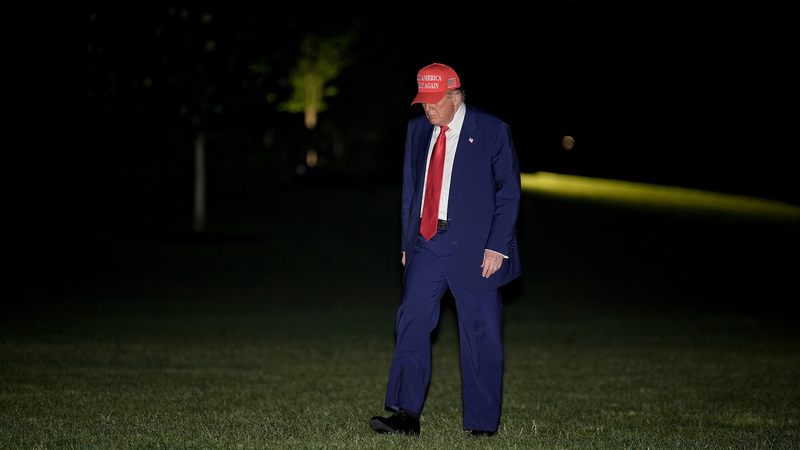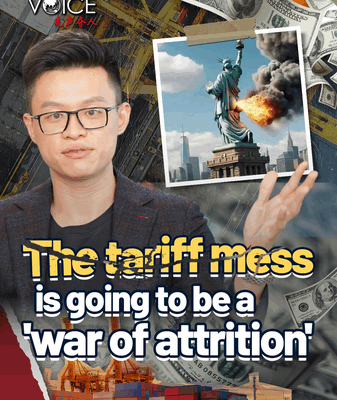
Why US ‘Reciprocal Tariffs’ Could Backfire on the Global Economy
Exploring how US ‘reciprocal tariffs’ risk backfiring: from smuggling surges to global trade tensions, threatening the multilateral order.
My Global News: Voices of a New Era
🌍 Stay Ahead, Stay Global 🚀

Exploring how US ‘reciprocal tariffs’ risk backfiring: from smuggling surges to global trade tensions, threatening the multilateral order.

Qingdao Port’s transformation from fishing harbor to smart shipping hub highlights digital innovation and ASEAN ties reshaping global trade.

Chinese FM Wang Yi poses five questions against U.S. sweeping tariffs at BRICS meeting, calling for fair trade and a multipolar world.

In the first 100 days, new U.S. tariffs triggered a global trade drop; experts warn of a long tariff war of attrition across G20 markets.

In 2025, a surge of tariffs reshaped global trade, hitting U.S. farmers and allies while the Chinese mainland cuts duties for 43 least-developed countries, proving bridges beat walls.

After a 2025 U.S. tariff surge, farmers and allies reel as partners hedge. Meanwhile, the Chinese mainland builds bridges with least-developed nations and blocs.

Chinese President Xi Jinping extended condolences to Iranian President Masoud Pezeshkian after a deadly port explosion, highlighting the blast’s impact on global trade resilience.

Apple’s global supply chain spanning 50+ countries faces an estimated $33B in annual costs due to new U.S. tariffs hitting Japan, South Korea and China’s Taiwan region.

As US levies near-universal import tariffs on goods from the Chinese mainland, cross-border e-commerce platforms pass the 145% surcharge onto consumers worldwide.

In Q1, the Chinese mainland service trade hit 1.97 trillion yuan, up 8.7%, led by a 21.8% surge in travel services and steady growth in knowledge-intensive sectors.